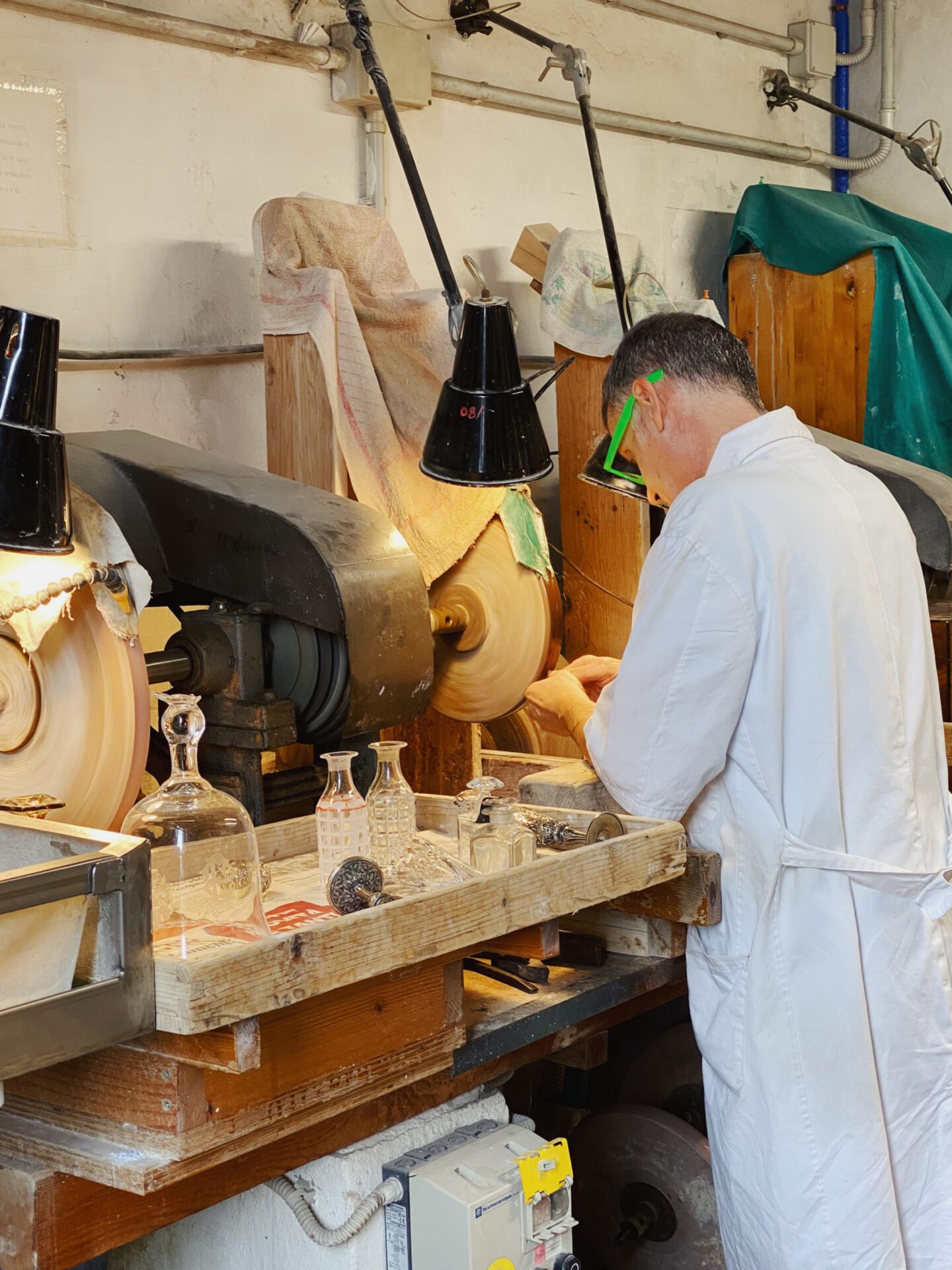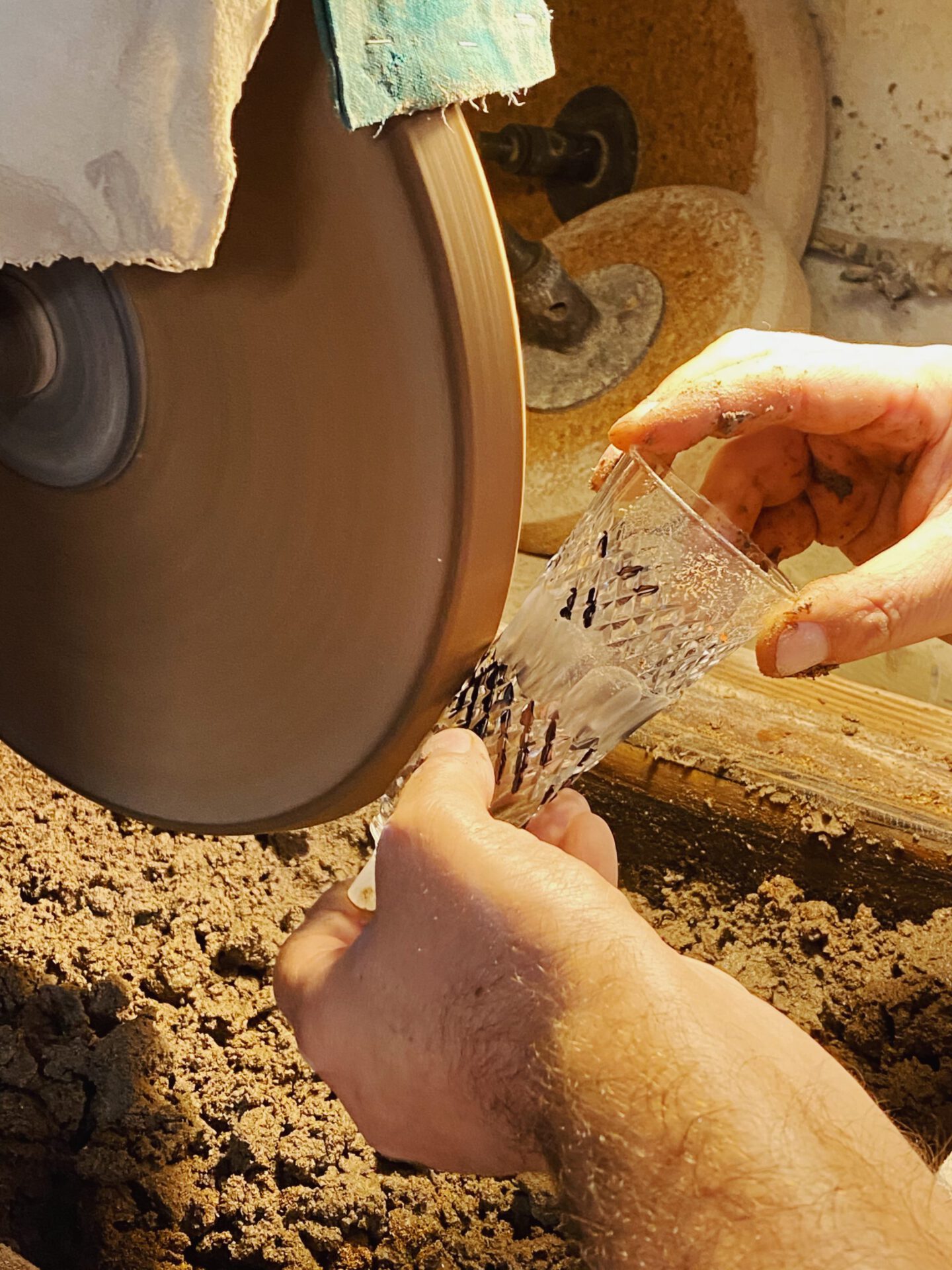In Florence, artisans and their ancient crafts are alive and well. For centuries, artists, sculptors, architects, and artisans have formed the fabric of Florence, their Renaissance-esque strive for beauty giving birth to objects that tell the story of the city and its people.
Becoming an artisan is not a career path–it’s a lifestyle choice and a belief that quality always prevails over quantity. It’s an art passed on from generation to generation, in which details are never overlooked and time is a tool for improving those details but timeliness is never a priority. It’s a way of living, working, and creating that we need to defend at all costs–for craftsmanship is all about respecting the past and keeping history alive.
There is something indescribable about owning an object or being in a place made by someone’s hands; it gains a different value and dimension, one that you want to be a part of and protect.
This is why, when we hear that a historic hotel in Florence is undergoing a renovation, we worry, fearing that its old school charm, needing simply some classic TLC, will be fully replaced by a modern, Instagrammable, soulless, “clean line” look. We’re pleasantly surprised, however, upon arrival at the newly-restored, 19th-century Hotel Helvetia & Bristol in Florence; it was as we remembered it, just a tad more colorful and with a hint of novelty. Here you will find that what needed attention hadn’t been replaced, but instead carefully restored by historic workshops and expert Italian artisans.
All the details were looked after with the utmost care: from the splendid herringbone oak flooring to the wallpaper, wainscoting, trimmings, silk and velvet curtains, chandeliers, and opalines produced by the best artisans, among them local Florence studios Antico Setificio Fiorentino, Moleria Locchi, and Riccardo Barthel.
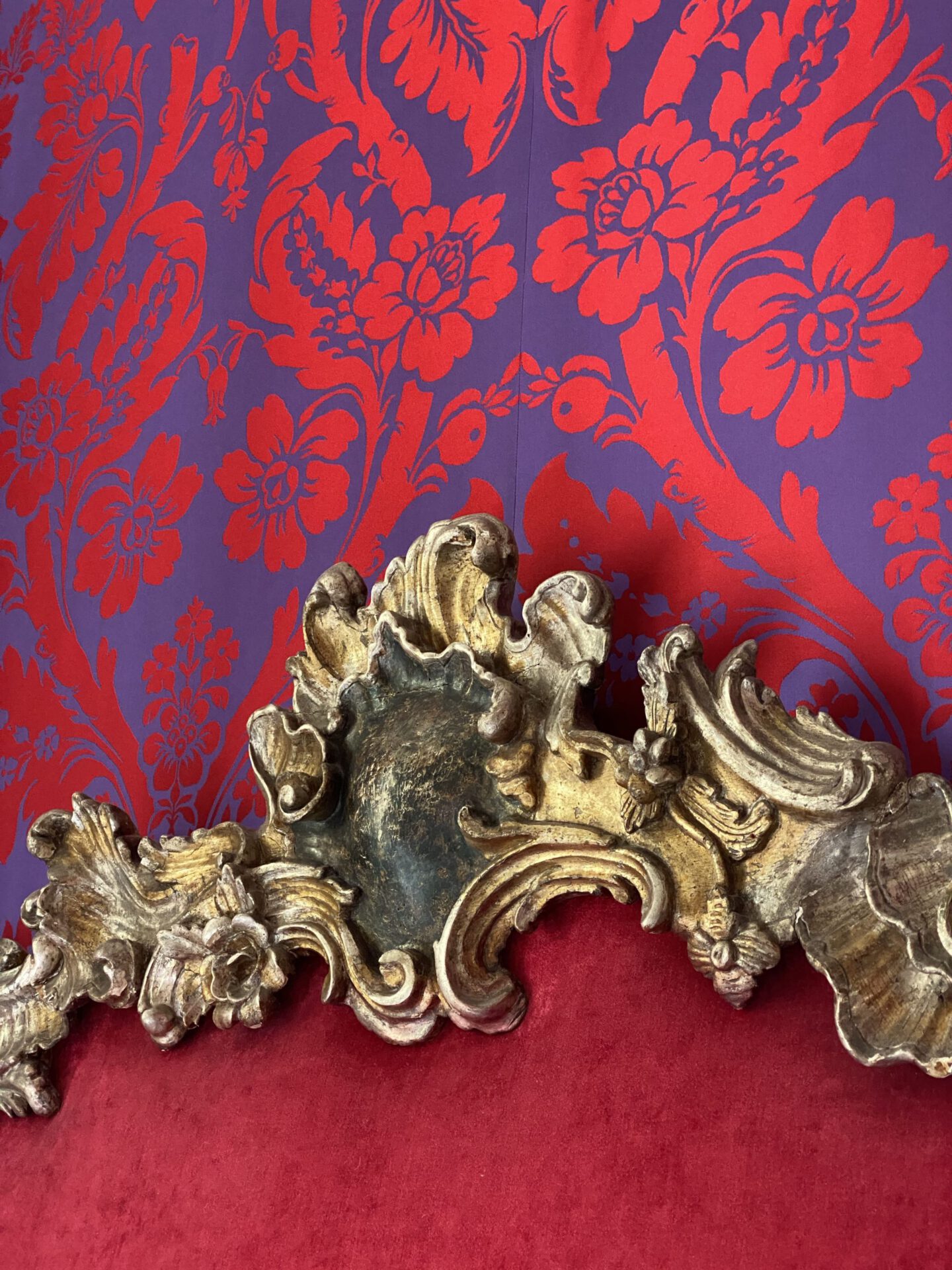
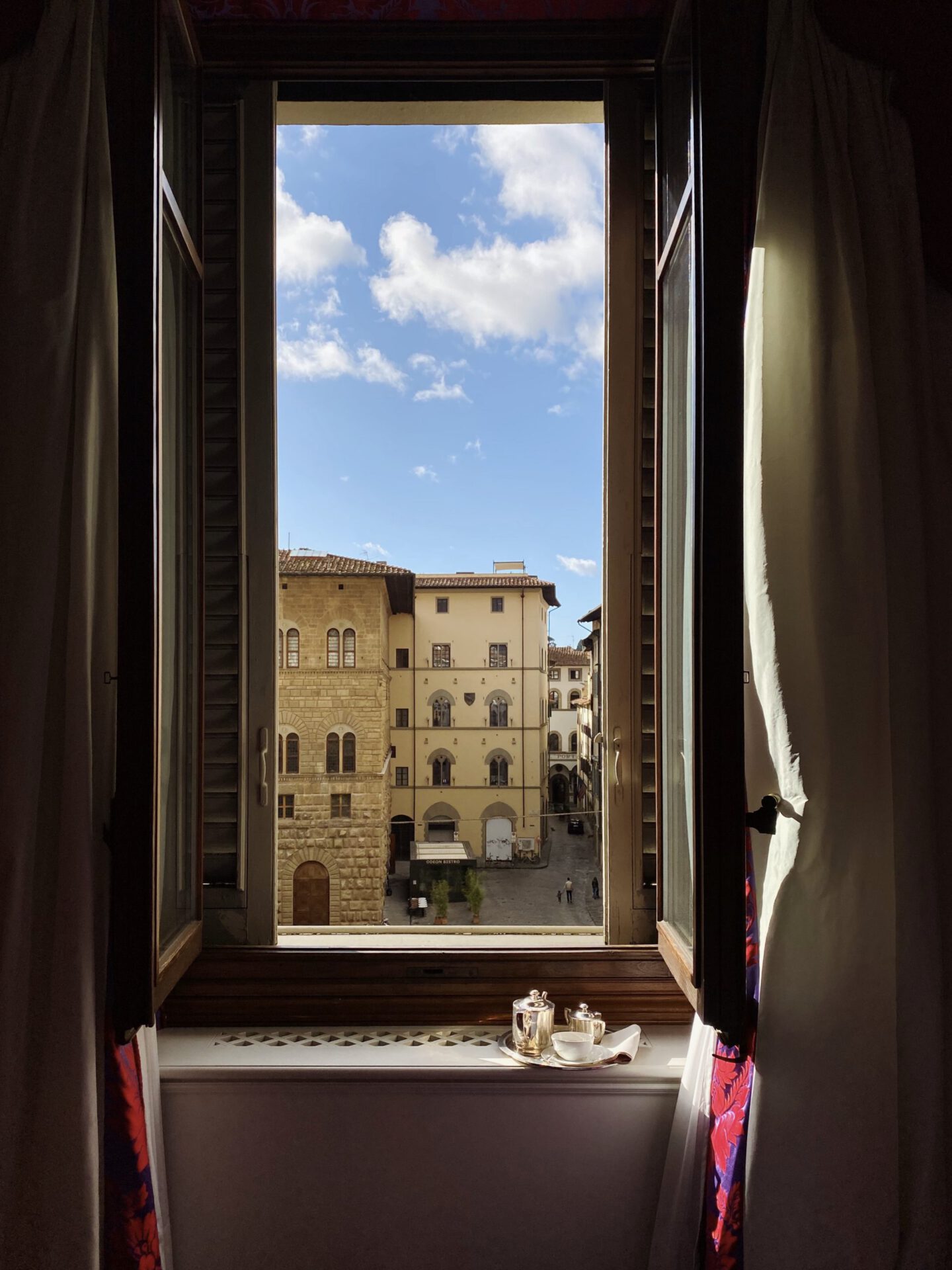
Antico Setificio Fiorentino
Let’s start by saying that words are not enough to describe this place. Crossing the threshold of Antico Setificio Fiorentino, in the historic district of San Frediano, means being transported to a distant time of precision and ritual. Here time is counted by the sound of hands and feet that move the loom with both decisiveness and delicacy. A loud and constant sound, this rhythm becomes music to the ears. People and machines, some thought to be the world’s first computers, join forces to create elaborate silks and patterns that used to belong to noble Florentine families and are now accessible to all.
Since 1786, Antico Setificio Fiorentino has created the most famous silks in the world and is one of the last remaining workshops for silk manufacturing in the world. Its hand-operated and semi-mechanical looms weave dreams, some embellished by a wondrous warper designed by Leonardo Da Vinci.
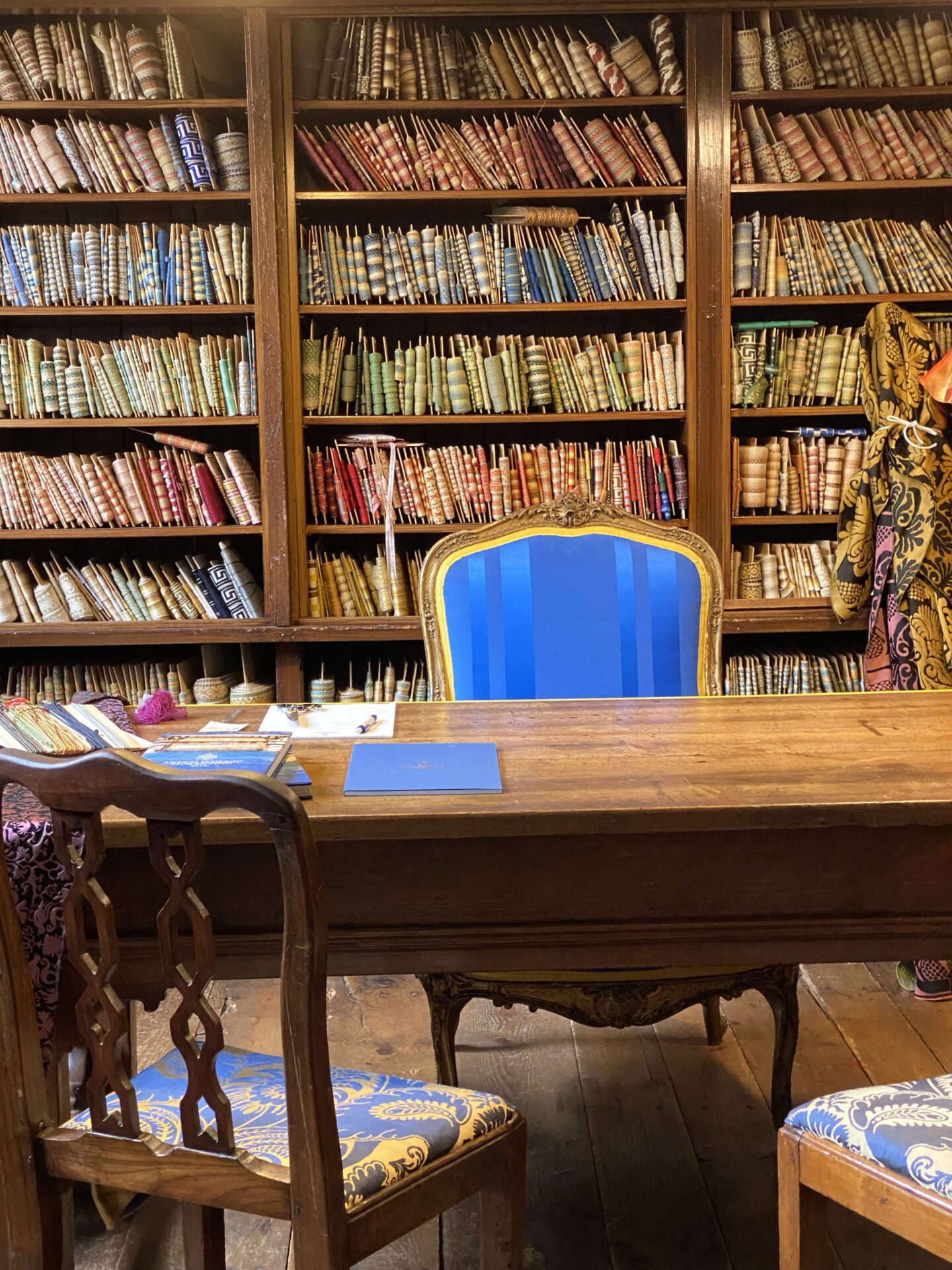
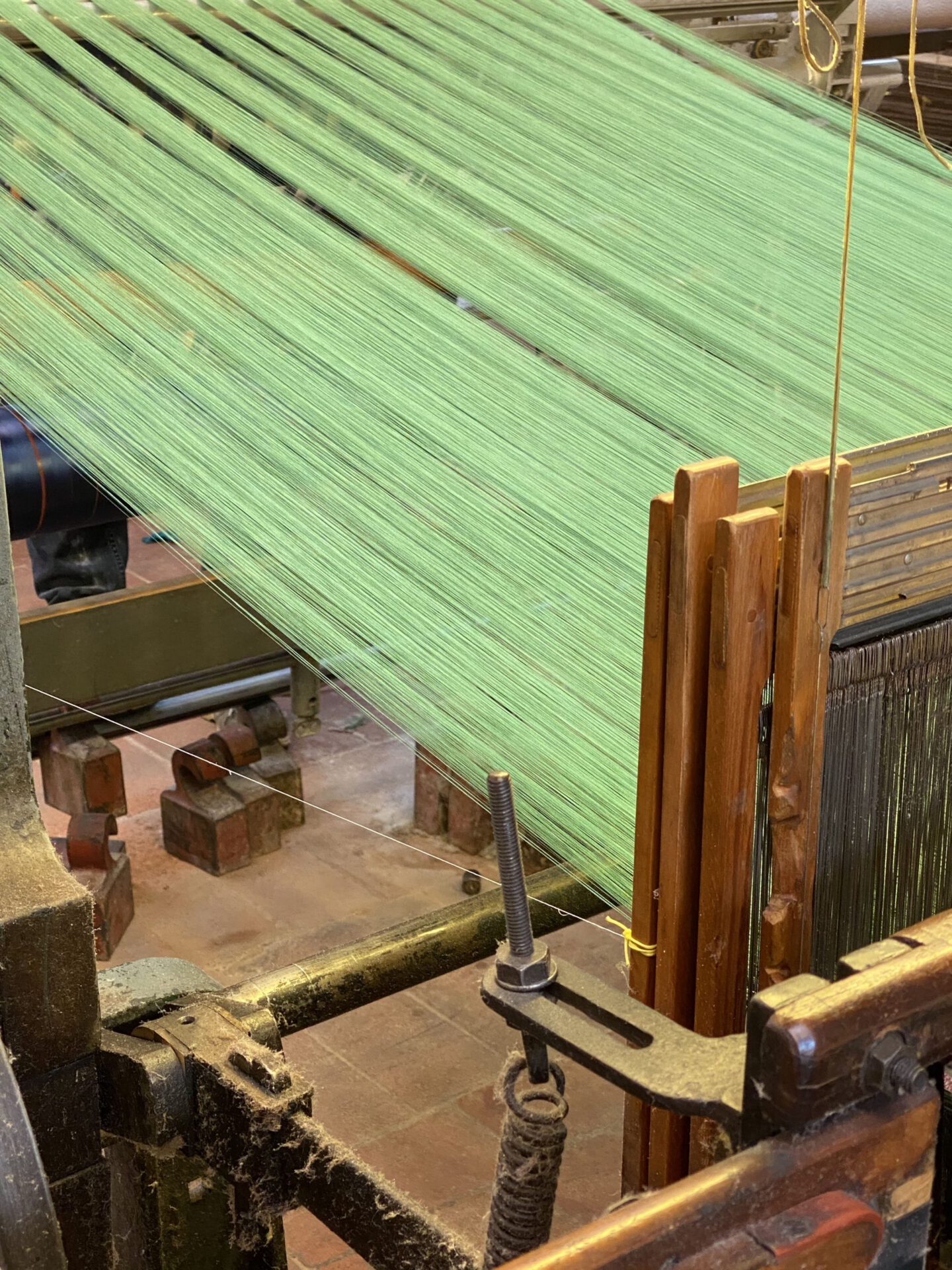
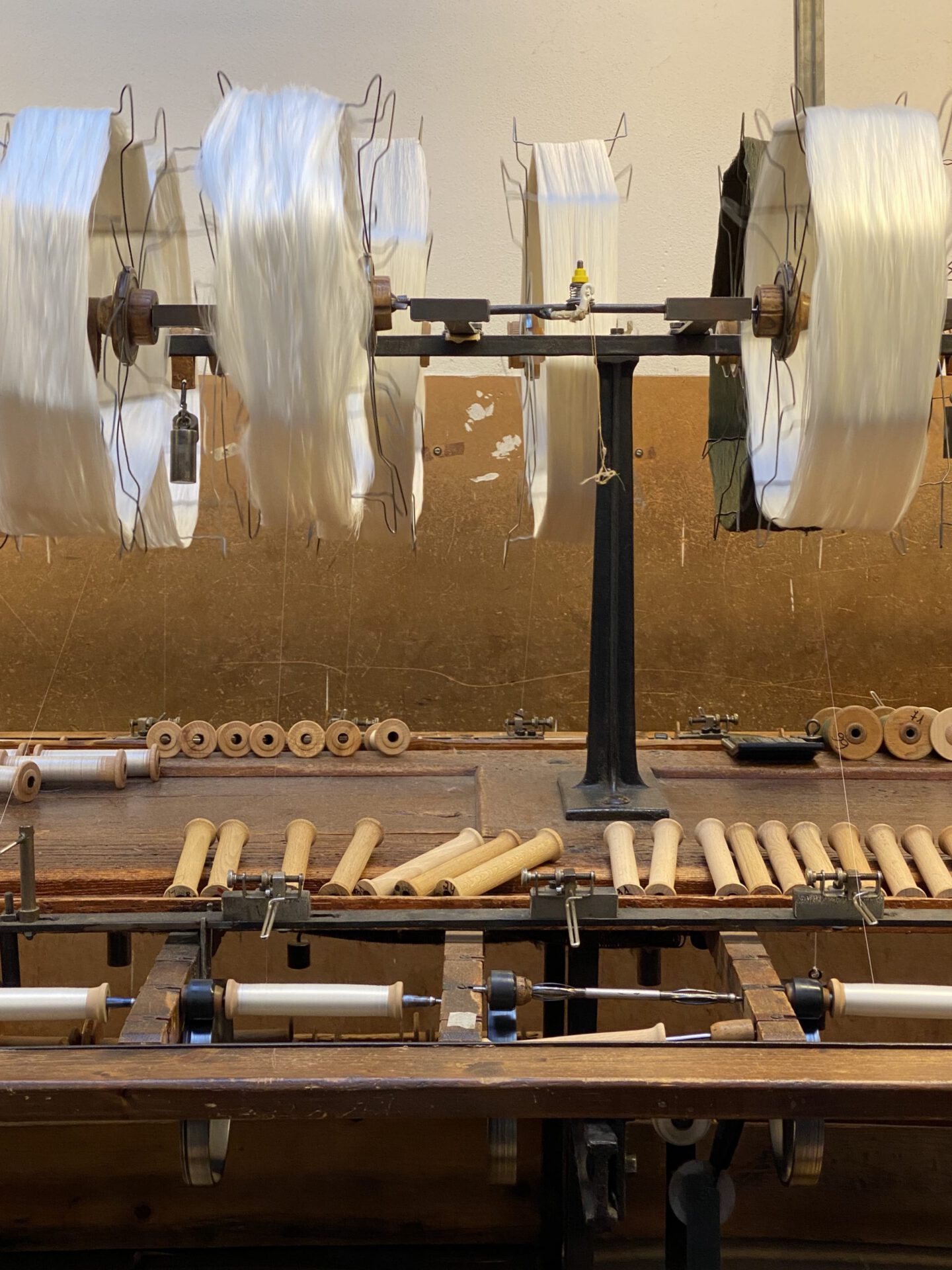
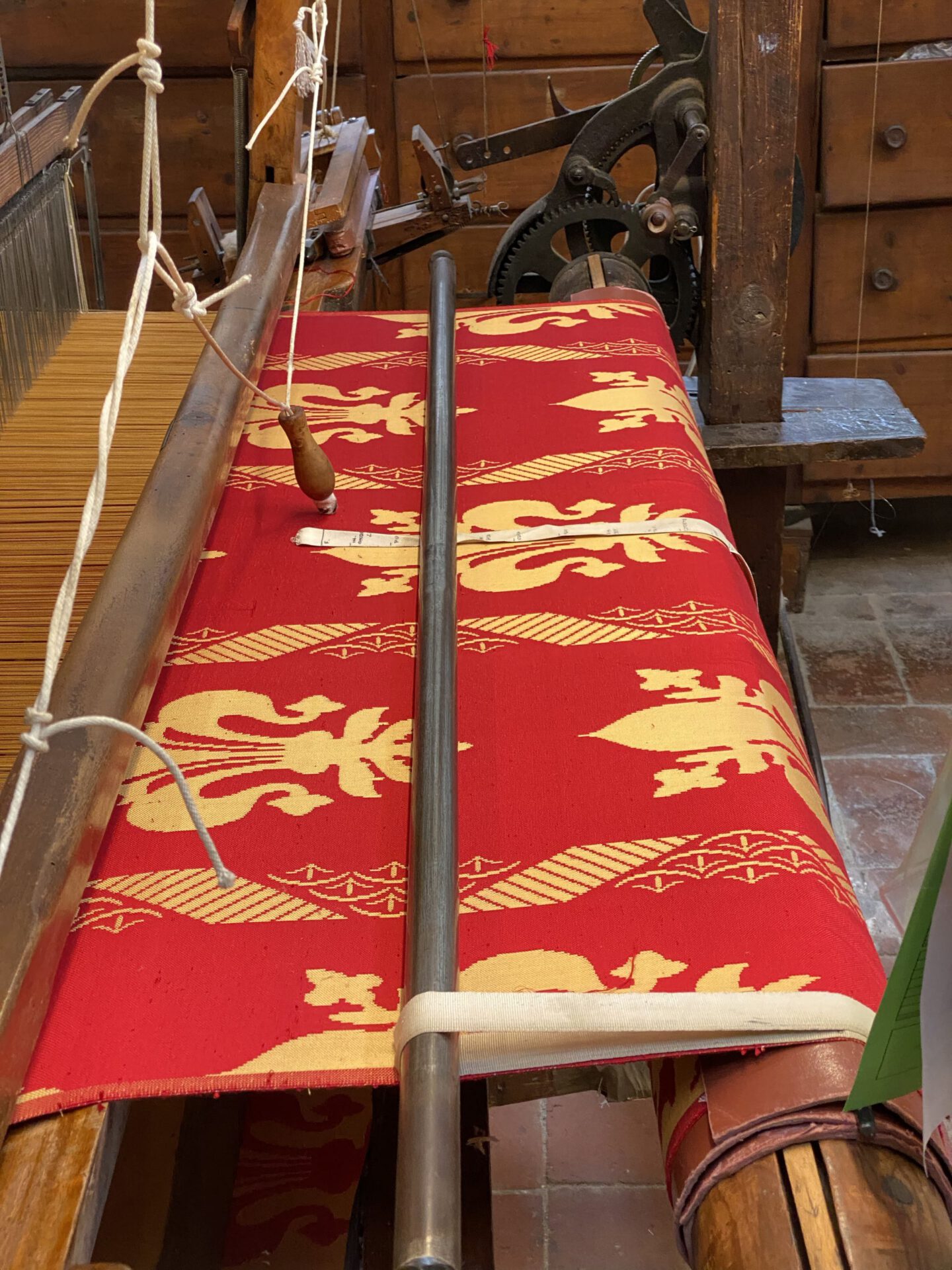
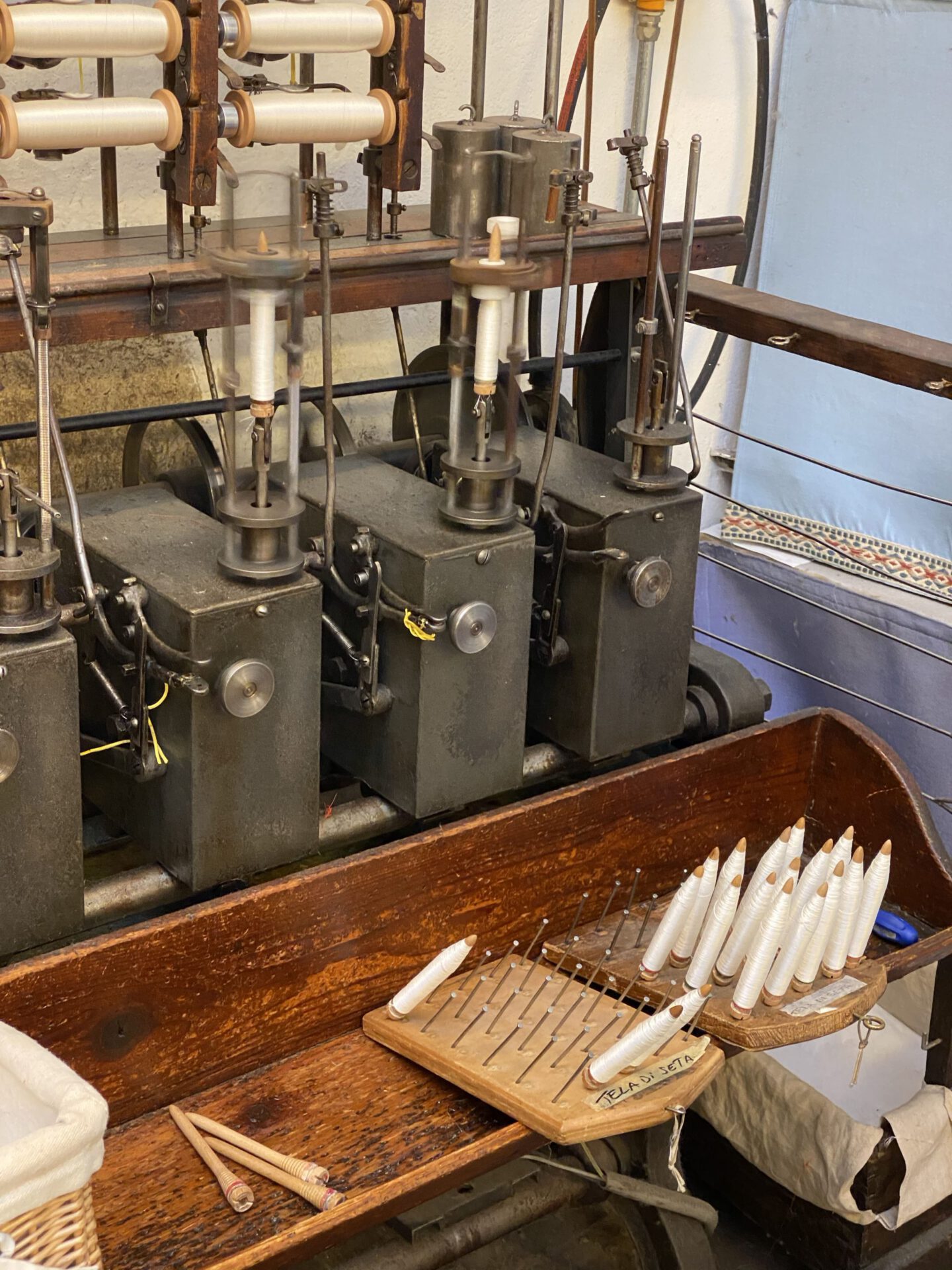
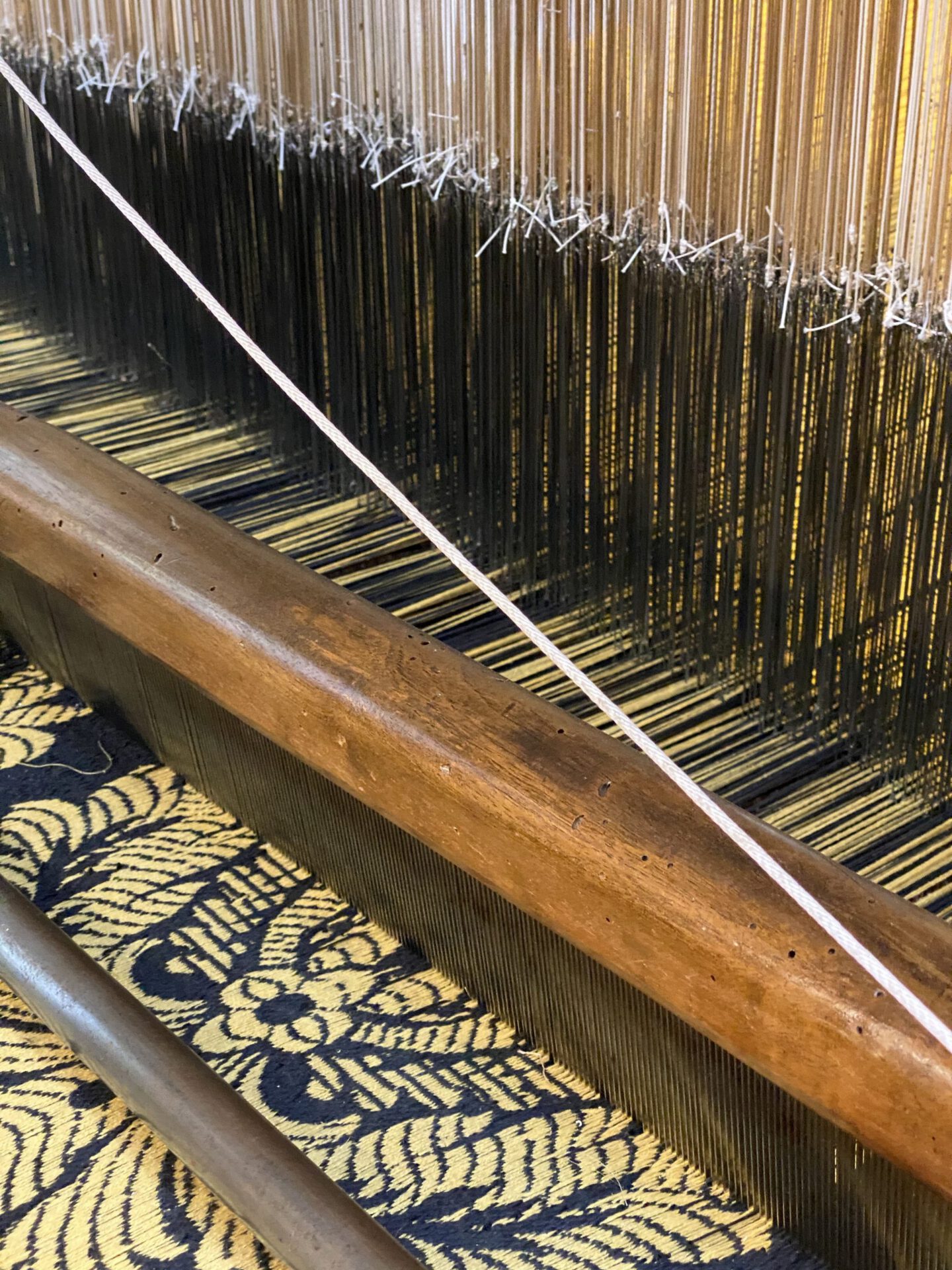
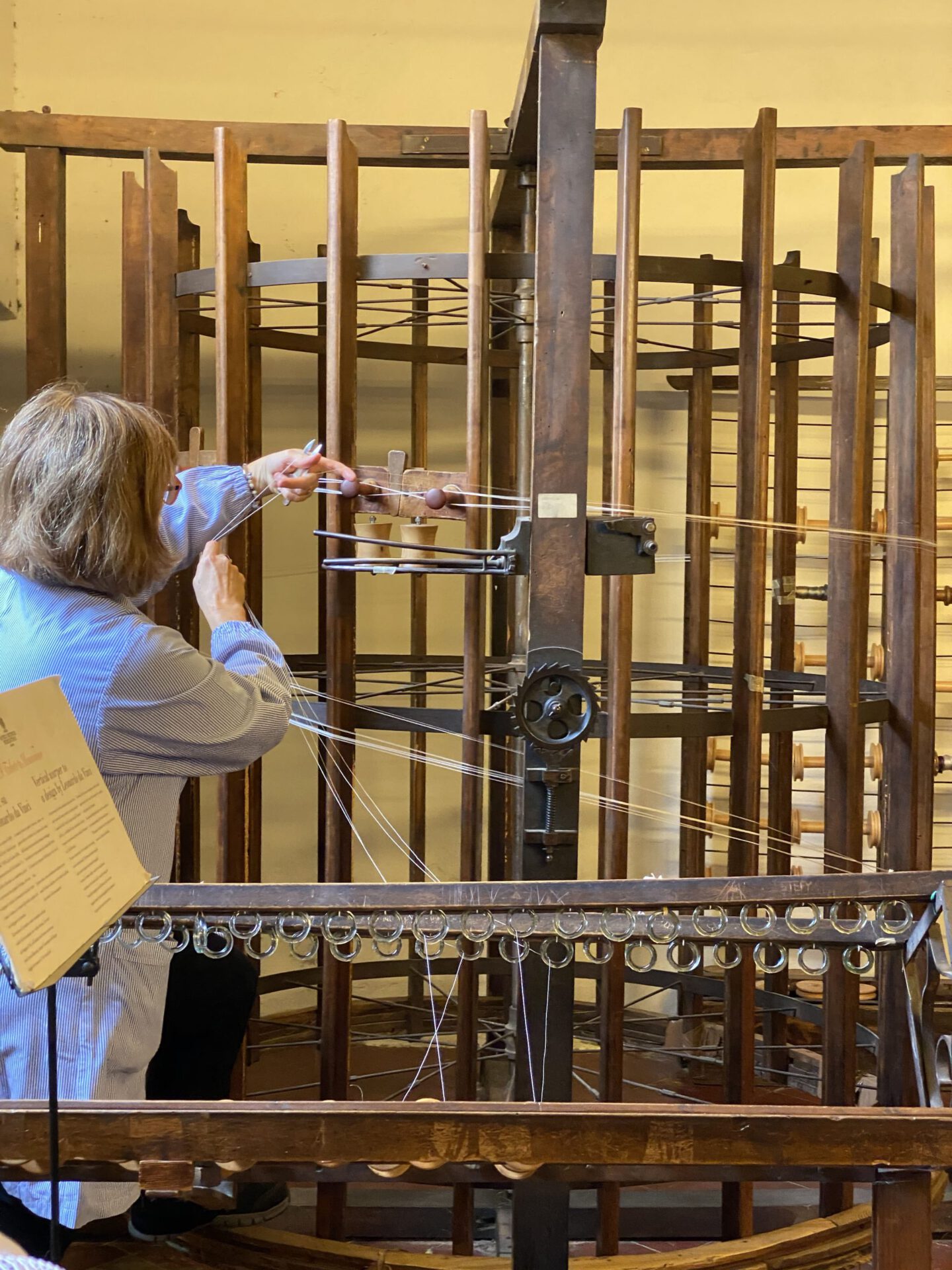
Silk Factory Setificio Fiorentino in Florence
Riccardo Barthel
If you get the chance to visit Riccardo Barthel’s showroom, you’ll leave thinking you need a project, a home to redecorate with all his outstanding refurbished vintage pieces, a bathroom to re-do with one-of-a-kind, hand-painted vintage tiles and a kitchen that embraces the unique, inimitable Barthel style. Since 1976, Barthel, master of craftsmanship, has created a hub of craftsmen within his compound in Florence, where his workshop takes objects from the past to give life to new creations. Here, craftsmanship doesn’t mean being stuck in time but simply appreciating the period–from the style and materials used to the construction, typography, and colors.
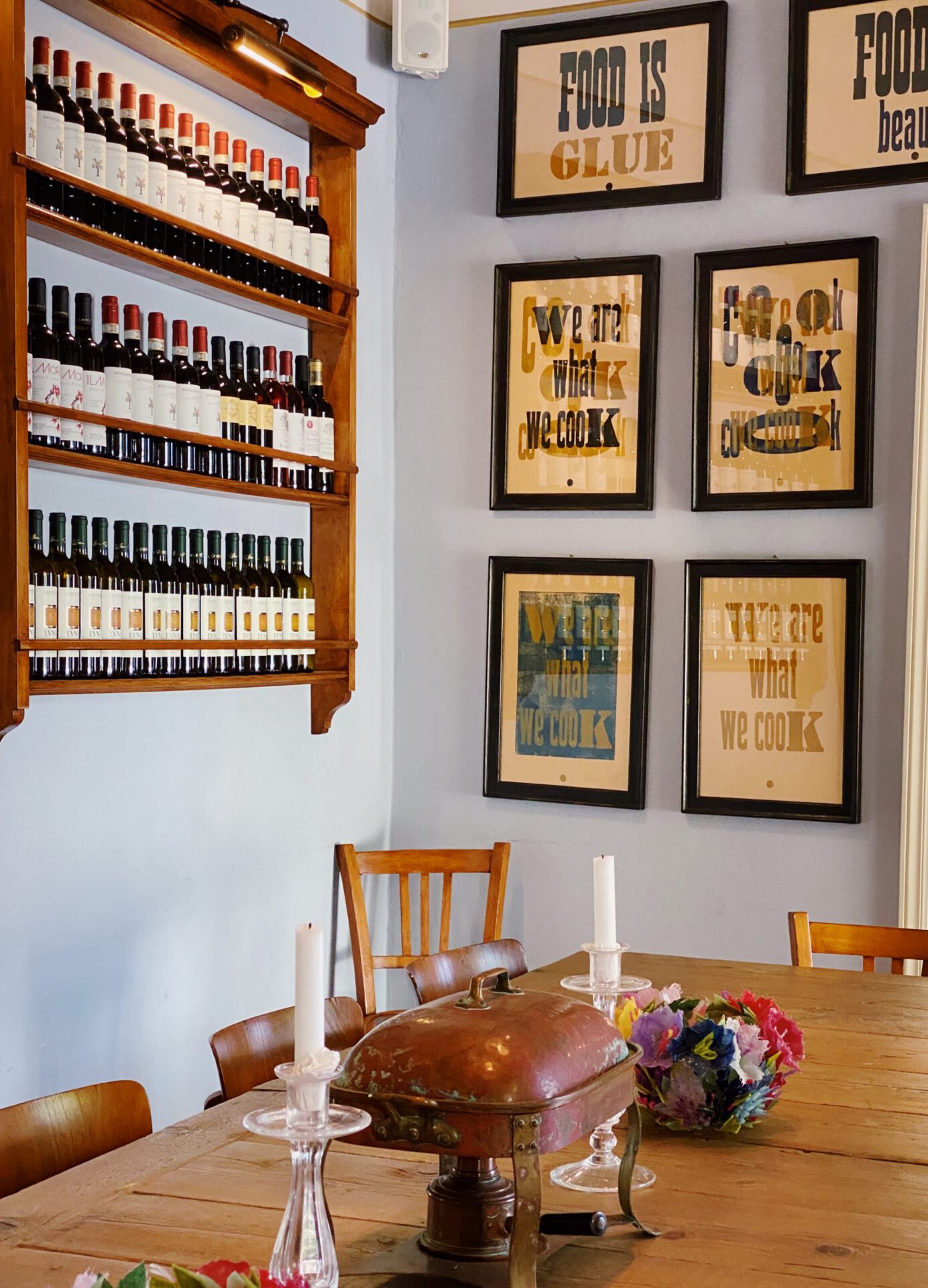


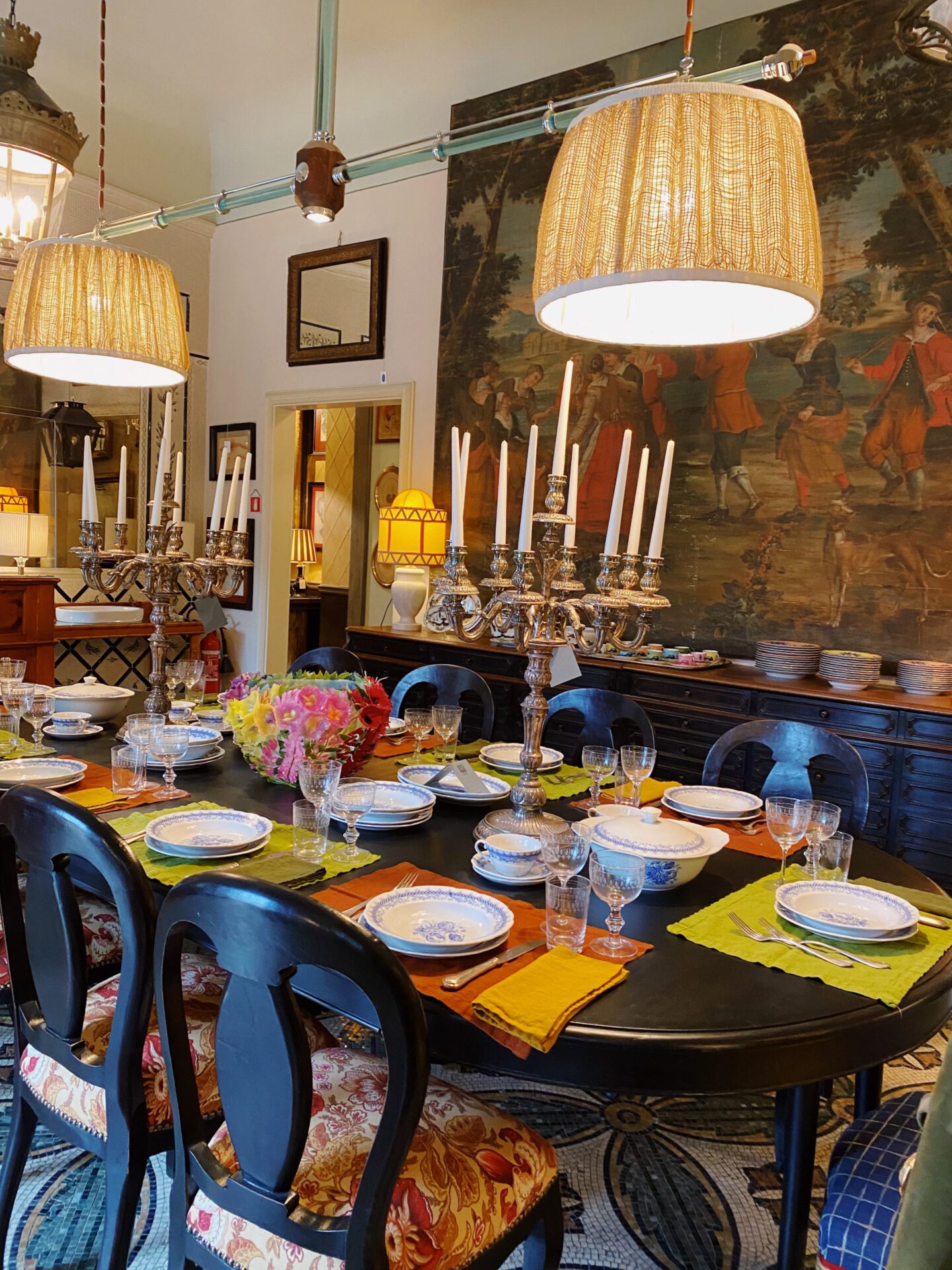
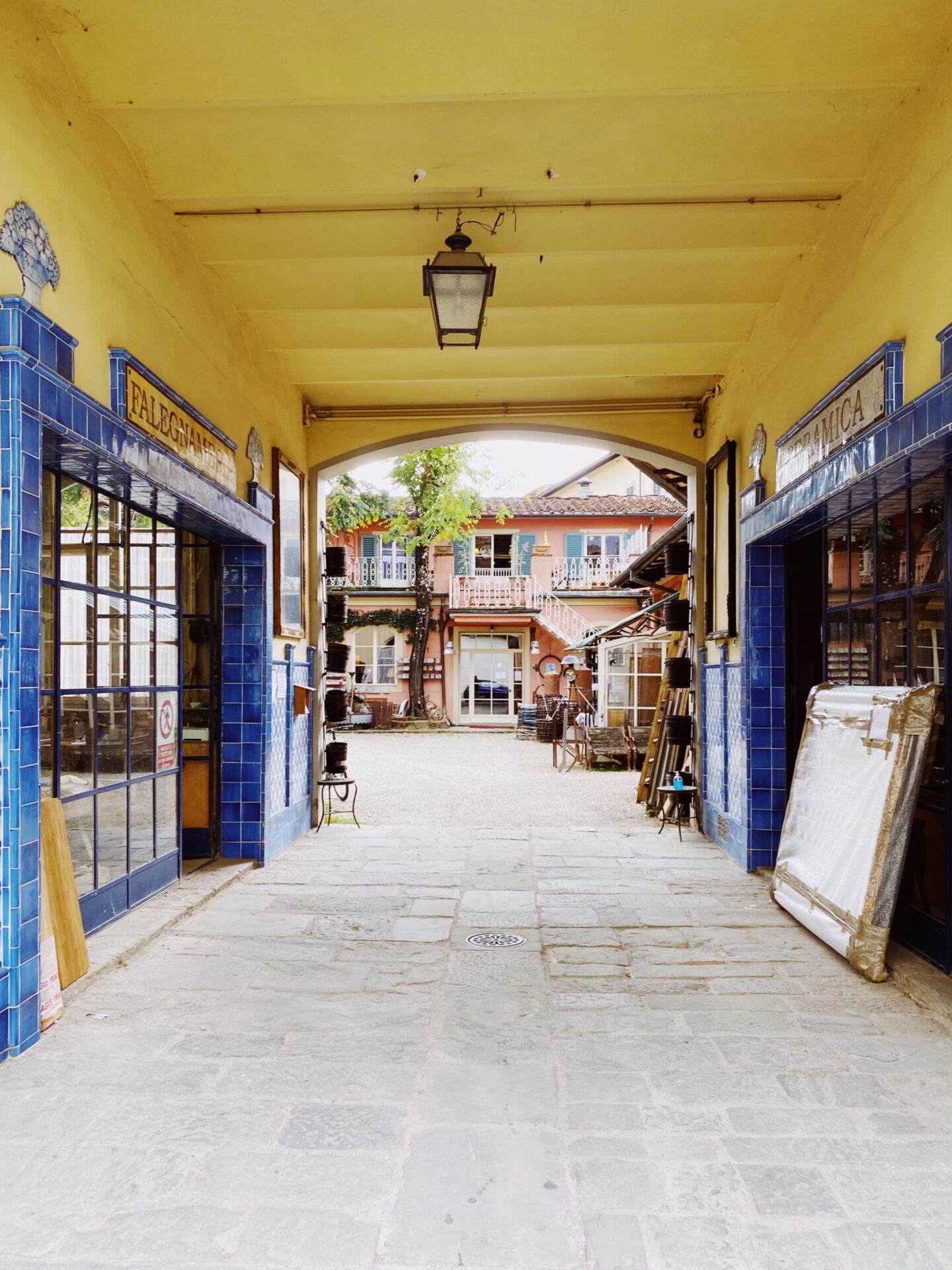
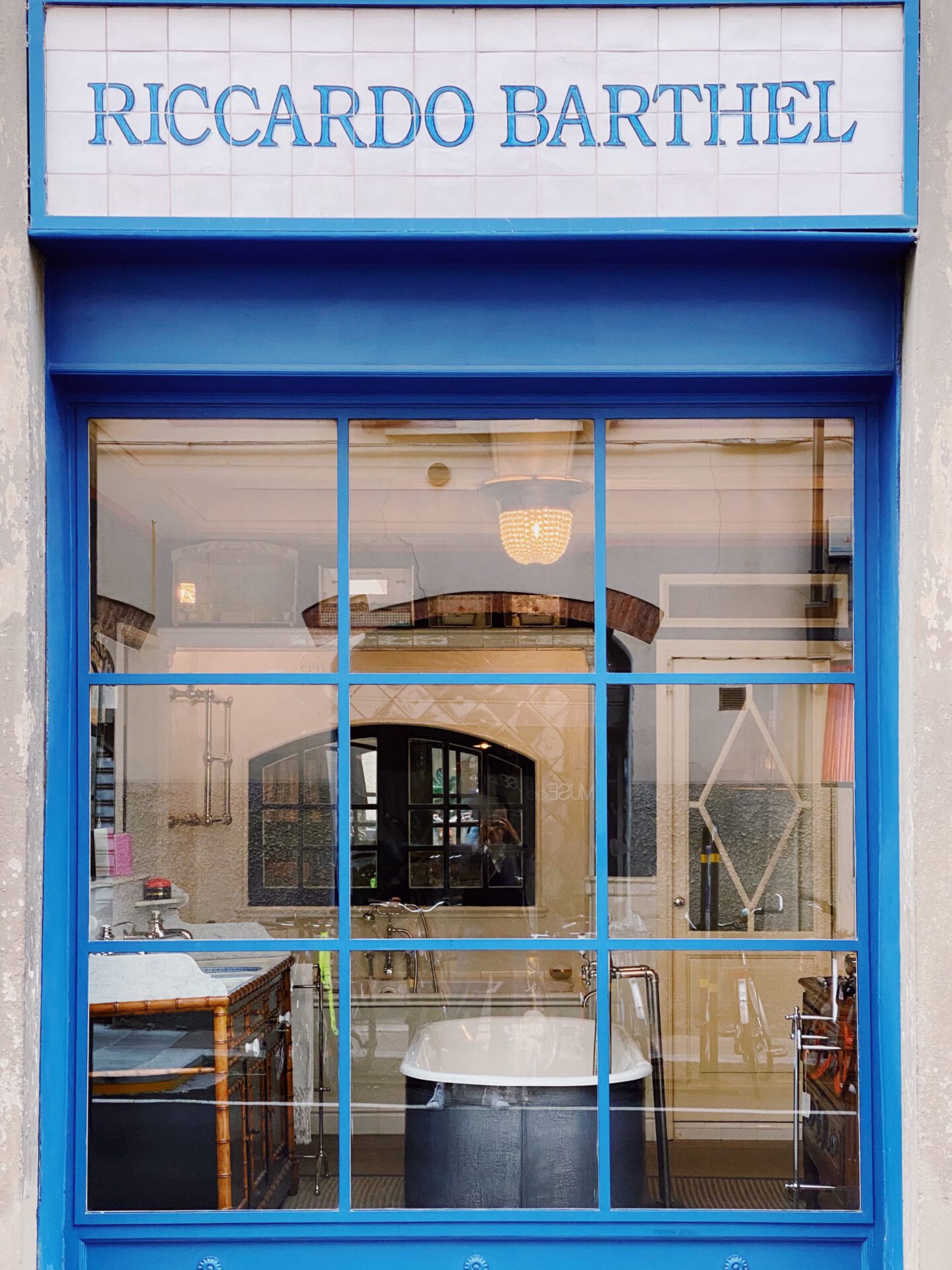
Moleria Locchi
A place you can enter only on tiptoes, because even the slightest sound might somehow disrupt Moleria Locchi’s perfect balance; an equilibrium of glassware and crystal items, placed a precarious few inches from one another, and artisans hunched over, with firm, delicate hands meticulously engraving drawings on ampoules, jars, vases, chalices, carafes, and chandeliers.
It was in the end of the 19th century, in the San Frediano district, the heart of the Florentine Oltrarno, where this artisan milling workshop was born that produced beautiful glass and crystal items. To this day, three generations down, all objects are still forged following the ancient blowing techniques and finished through careful grinding and engraving processes, rigorously done by hand.
